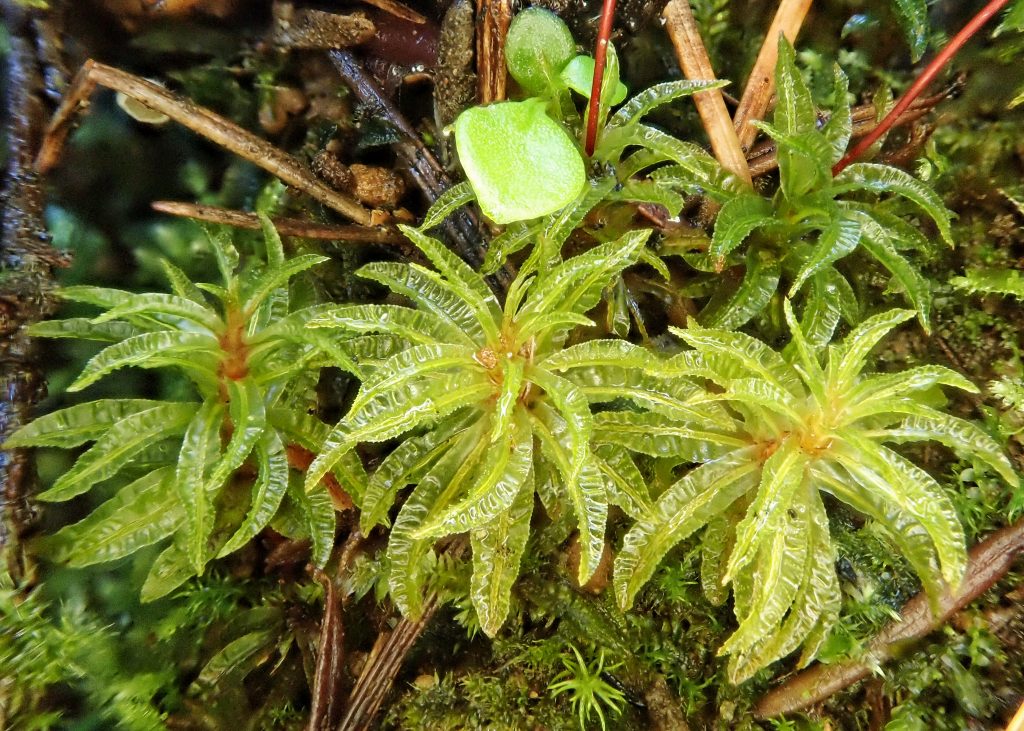
The first time I found some Atrichum was a couple of weeks ago. I was pretty excited because I knew I’d seen pictures of something acrocarpous with undulate leaves in one of my books. Back at my van I started flipping through ‘Common Mosses of W Ore&Wa’, and found the native moss Atrichum selwynii almost immediately. But that book only covers common mosses, so I looked it up online on Flora of North America. A quick run through the key showed it could only be A. selwynii or the European import A. undulatum, and A. undulatum isn’t found in Washington or Oregon. I was pretty happy at finding an easy to identify moss, until I sent pictures to that killjoy Terry McIntosh, who told me A. undulatum was shown as occurring in Washington in Elva Lawton’s ‘Moss Flora of the Pacific Northwest’, and I needed to measure median cell size.
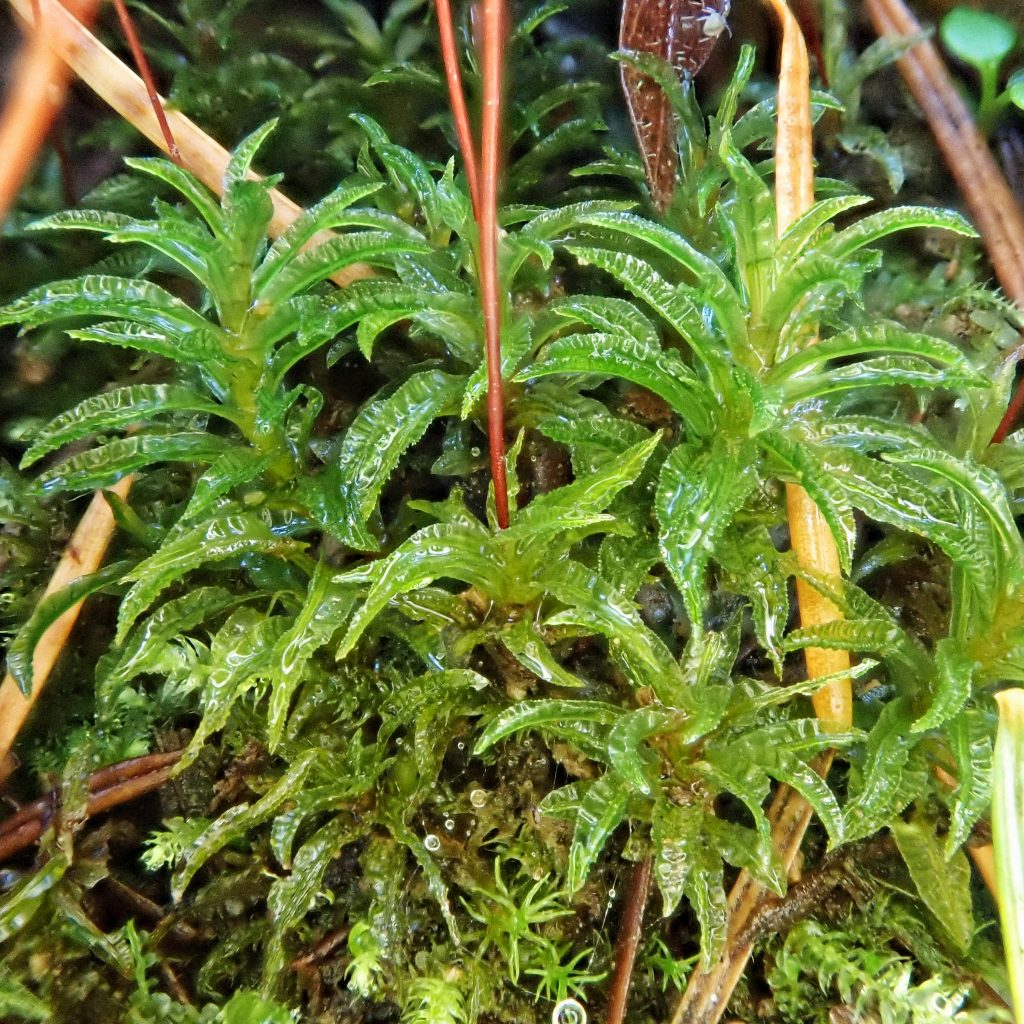
There followed the purchase of a reticle and a few days of leaf sectioning, making slides, and learning how to measure things only microns (1/1000th of a millimeter) long. At the end of which it turned out that, if you consult all of the sources and average the findings, the range of leaf width, cell size, and lamellae height ends up having so much overlap as to be useless. My moss gurus Terry McIntosh and David Wagner were both noncommittal, though David said he’d never seen definitive A. undulatum in Washington or Oregon, and they implied that it was hopeless without reproductive structures.
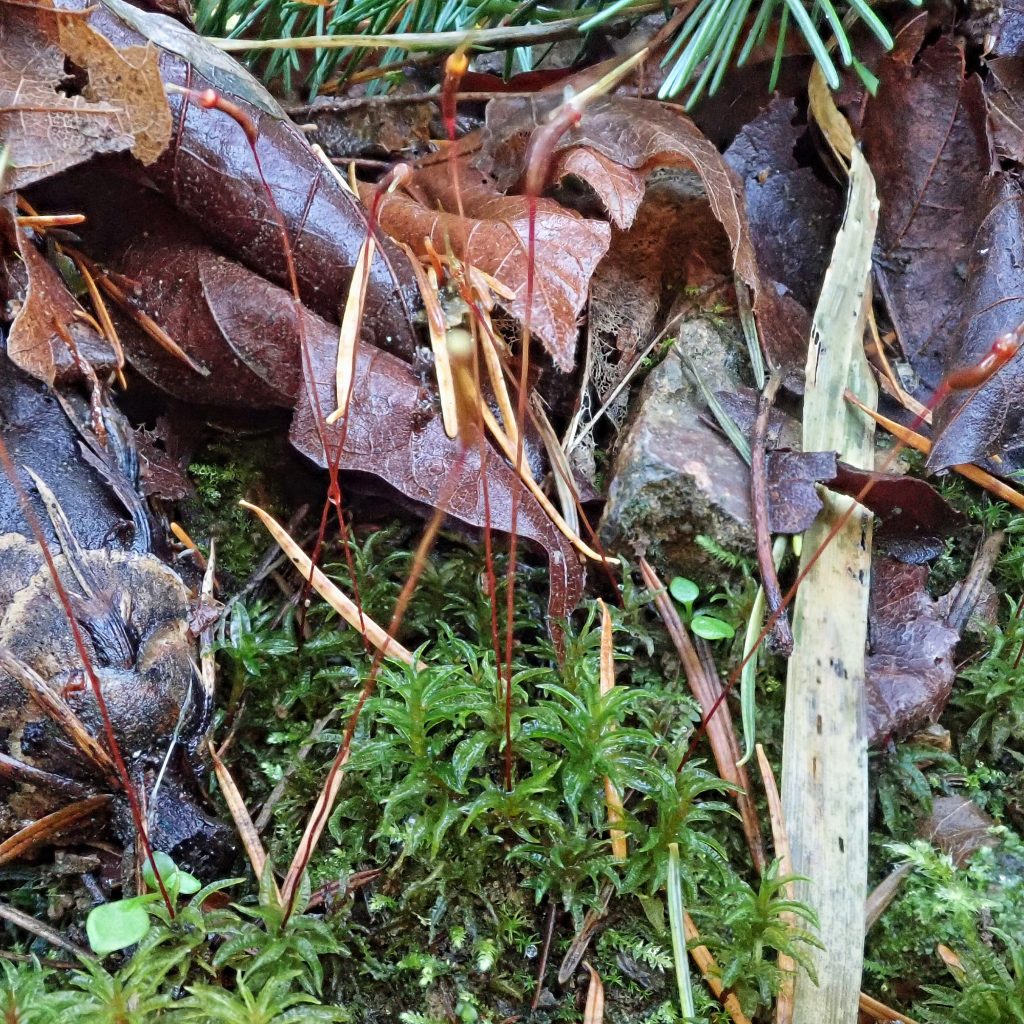
So I was pretty excited when I found this patch, with sporophytes all over the place, on my next trip to The Cliff. After some initial confusion because I misremembered which traits went with which species, I was soon convinced I had found A. undulatum based on the curved (arcuate) capsules. Until I put it under the microscope.
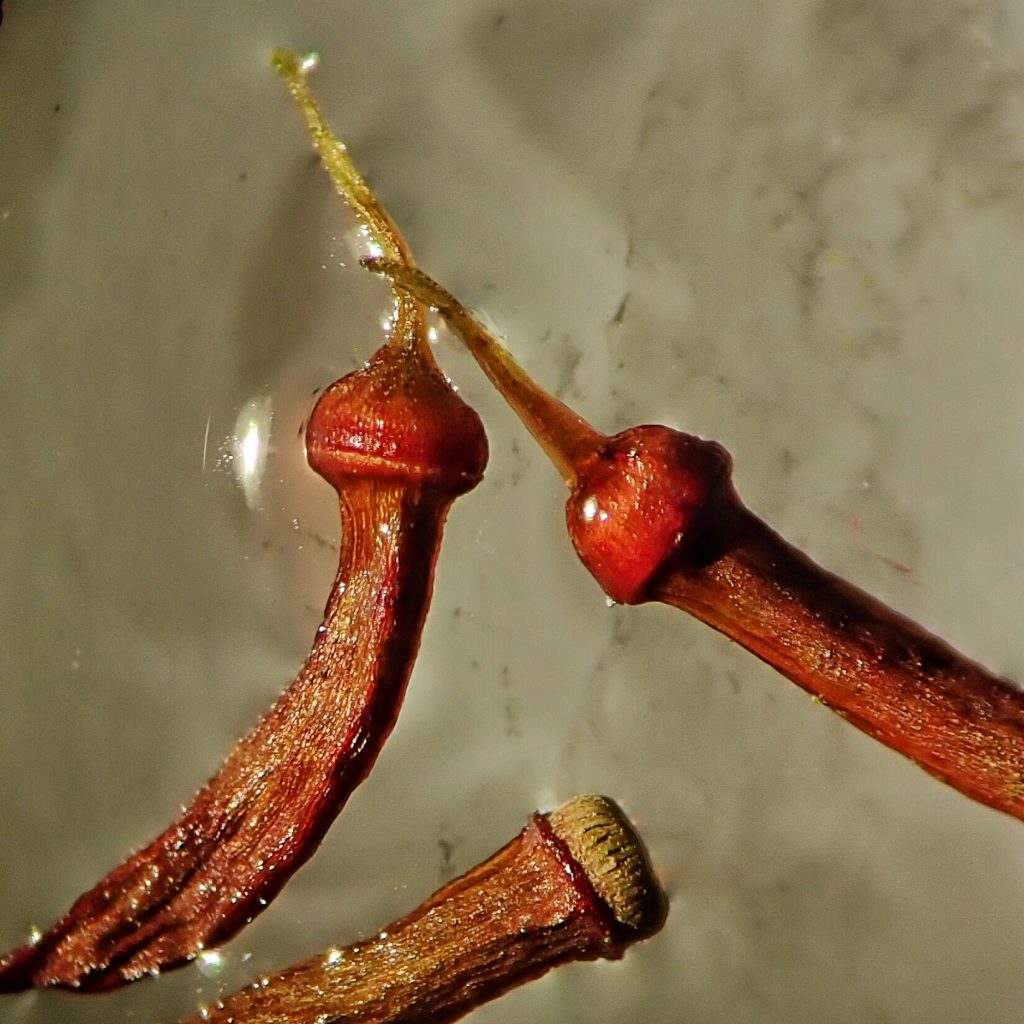
Where I discovered that the intergrading between these two species apparently includes arcuate capsules, because the calyptra were definitely not covered in stiff hairs (hispid), and the shoots I dissected were all dioicous. But those traits definitely showed me that the winner of the Atrichum sweepstakes for that patch was A. selwynii.
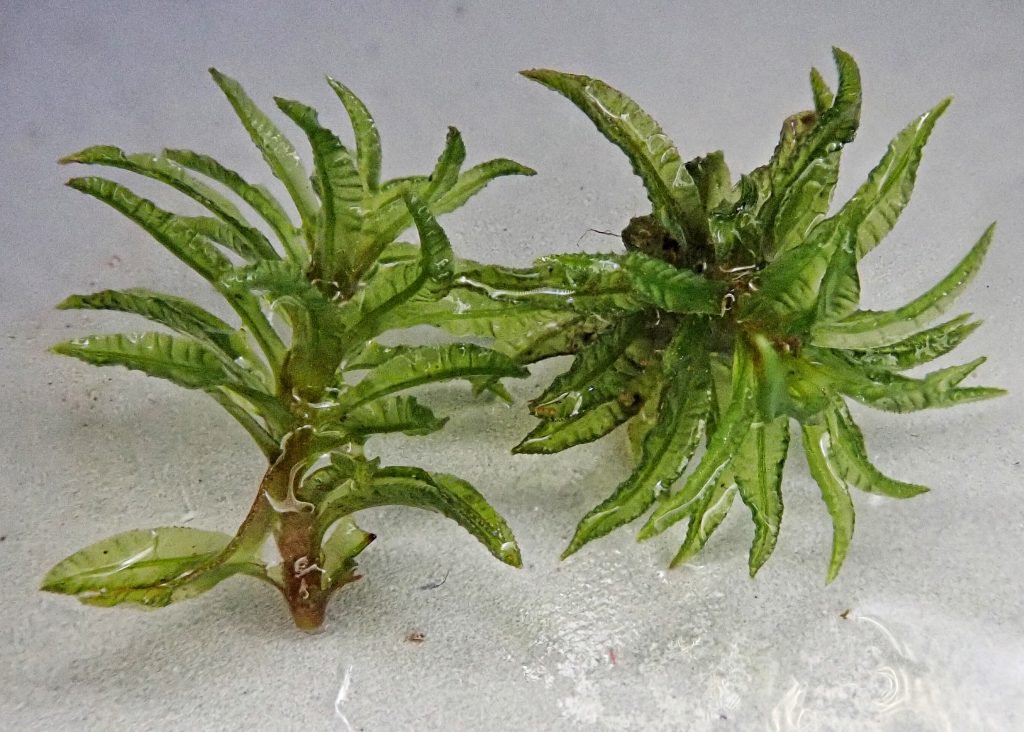
So much for my idea that this would be an easy to identify moss! I was really naive to think that there couldn’t be so many areas of overlap between any two species. I will be keeping an eye on the first patch of Atrichum , which is located in a little urban forest much closer to my house, and when it starts producing reproductive structures I will examine it thoroughly. Since Elva Lawton says we have A. undulatum, I will be trying hard to find some!
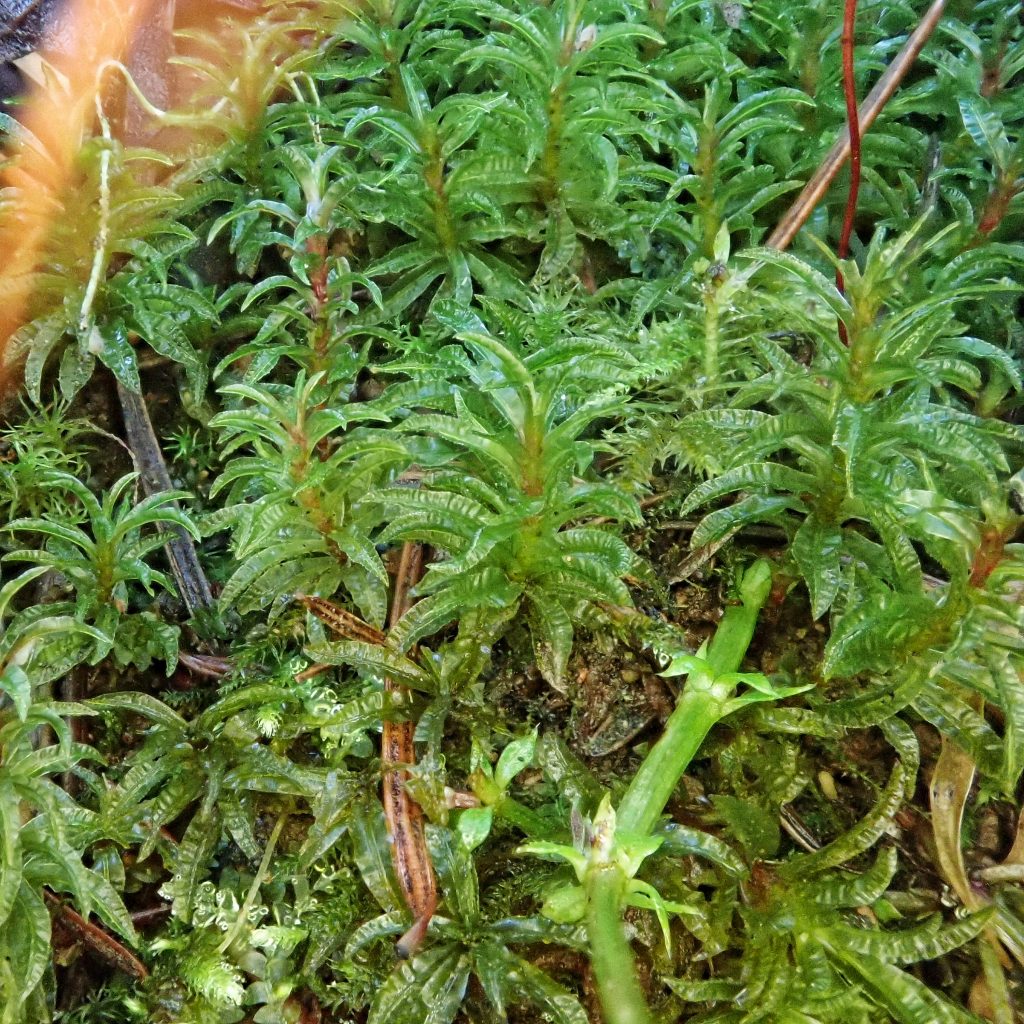
Description-Small, erect acrocarp, growing in dense patches; leaves nearly transparent green, tongue shaped to lanceolate, with transverse undulations, irregularly toothed margins, and a long, single costa; lamellae 2-13 cells high, in 2-6 rows. Male and female reproductive structures on separate plants (dioicous), which are roughly the same size.
Similar species– Non-reproductive Atrichum undulatum can not be positively differentiated from A. selwynii; they can apparently only positively be differentiated from A. selwynii by virtue of having a hairy (hispid) calyptra, or by virtue of finding shoots with both male and female reproductive organs (monoicous); no other Atrichum in our region have undulate leaves.
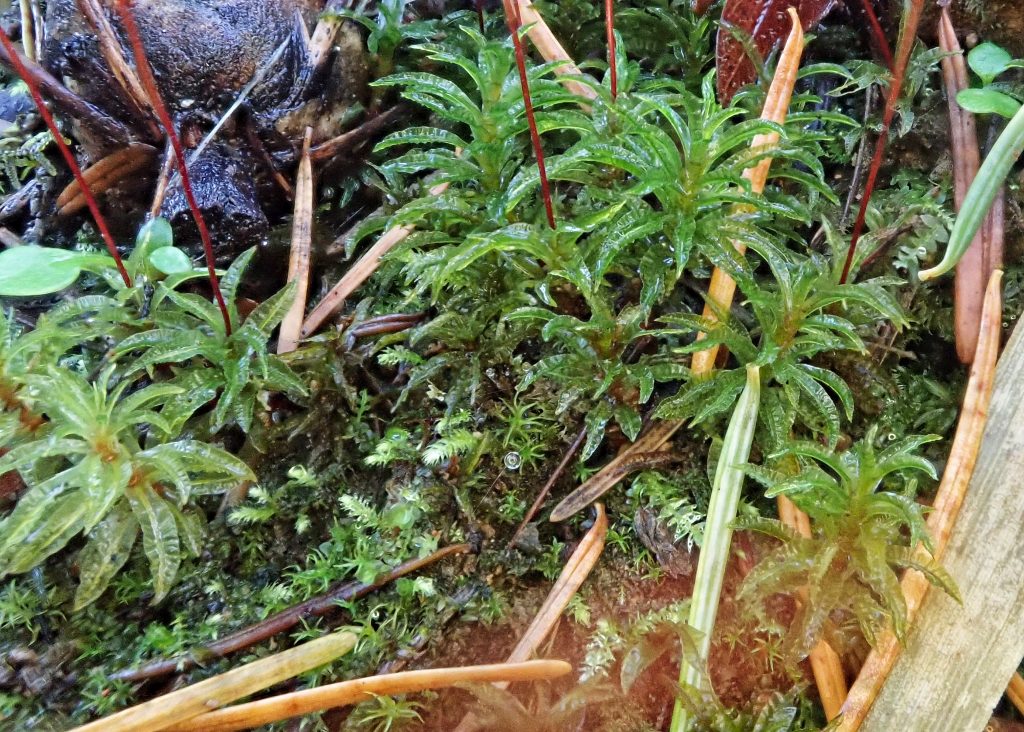
Habitat-Soil or tree roots, open or shady, disturbed ground and road cuts, low to high elevations.
Range-Region wide, except rare to absent in open shrub/steppe.
Reproductive timing– They say March to September, but I found this patch with sporophytes in mid-December.
Etymology of names– Atrichum is from the Greek for ‘without hair’, and refers to the hairless calyptra. The species epithet selwynii honors A. R. C. Selwyn, a geologist, explorer, and director of the Geological Survey of Canada, who employed the botanist John Macoun on Selwyn’s expedition to the Peace River, during which Macoun discovered this species.
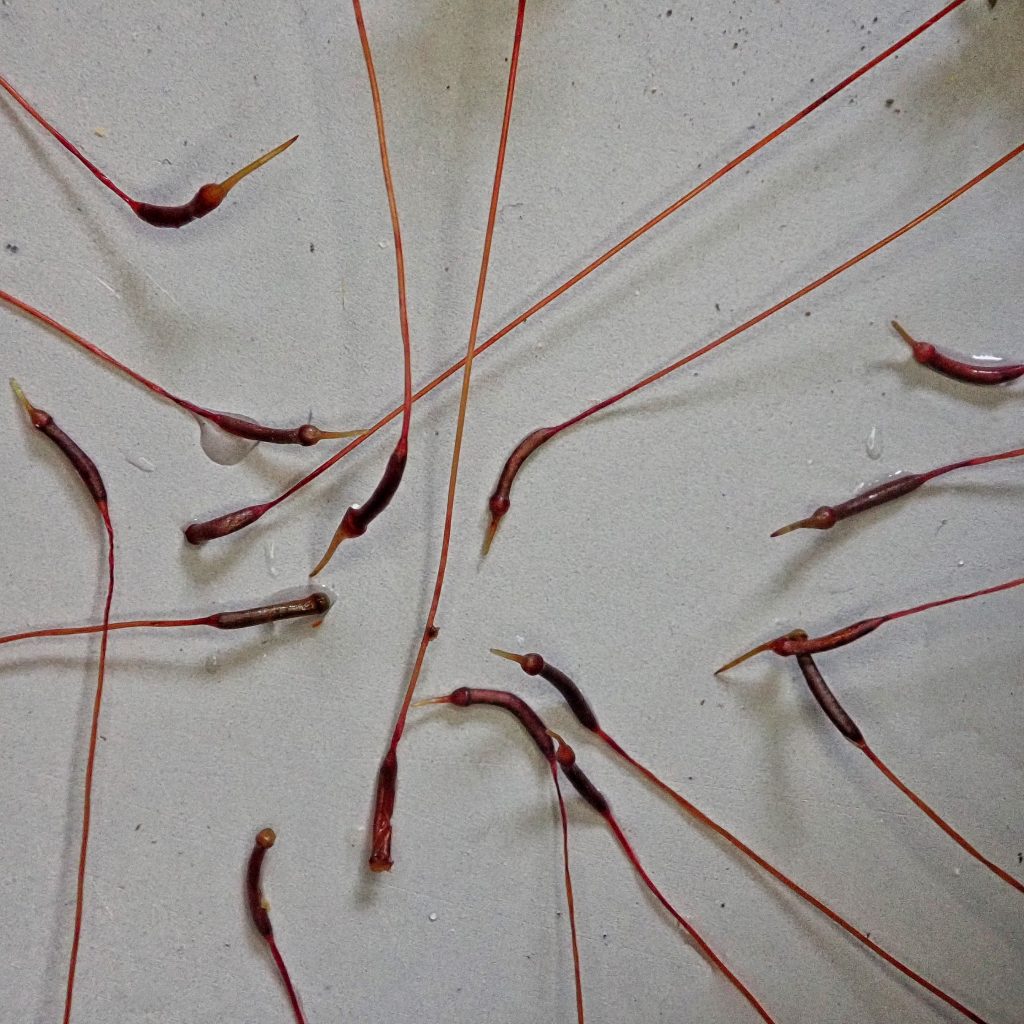
http://www.efloras.org/florataxon.aspx?flora_id=1&taxon_id=250063184
https://ucjeps.berkeley.edu/cgi-bin/get_moss_gk.pl?genus=Atrichum
https://wnmu.edu/academic/nspages/gilaflora/atrichum_selwynii.html
http://fieldguide.mt.gov/%5C/speciesDetail.aspx?elcode=NBMUS0M060
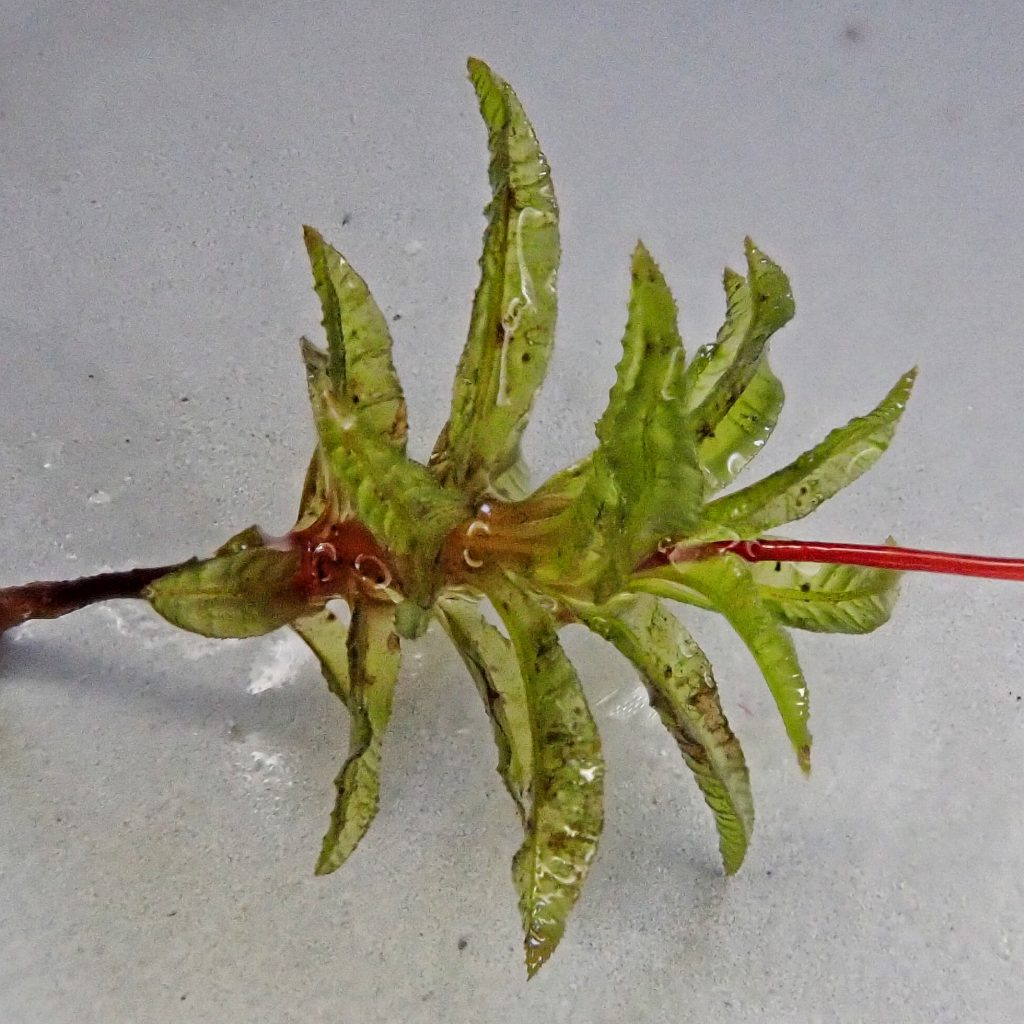
Thank you for that. Best of luck for A. undulatum, but oh wow for A. selwynii… that was a roller coaster of id issues… something that unfortunately I am all too used too… and on occasion remember fondly.
Thanks for the empathy!
☺️👍